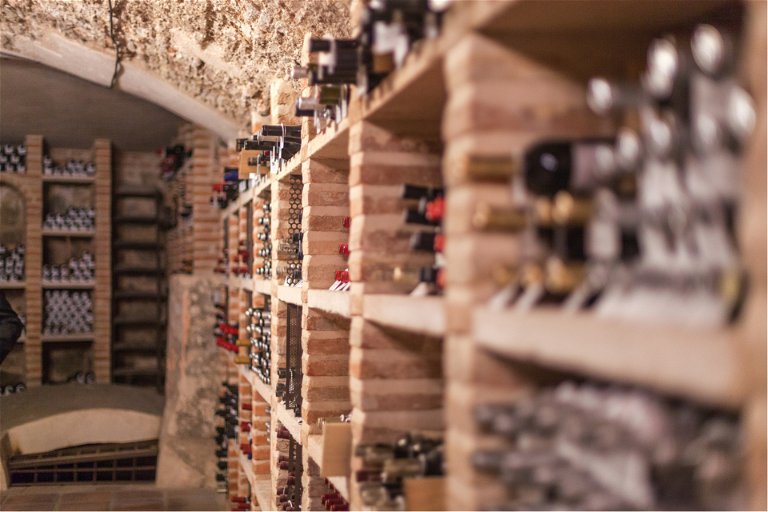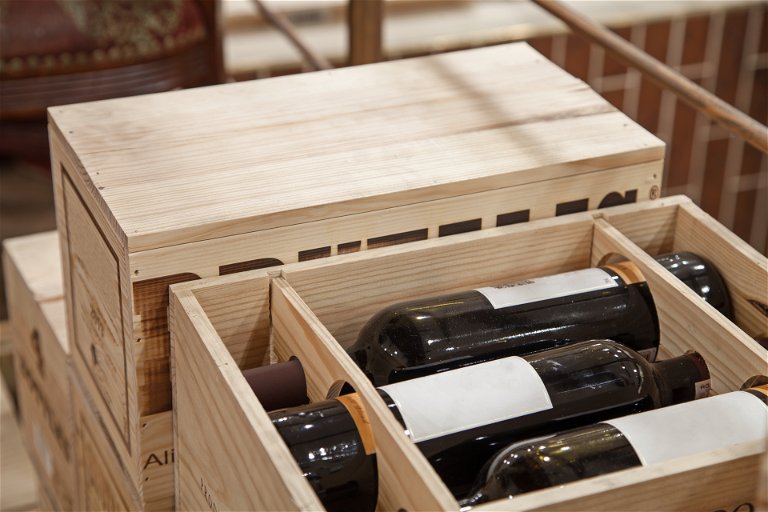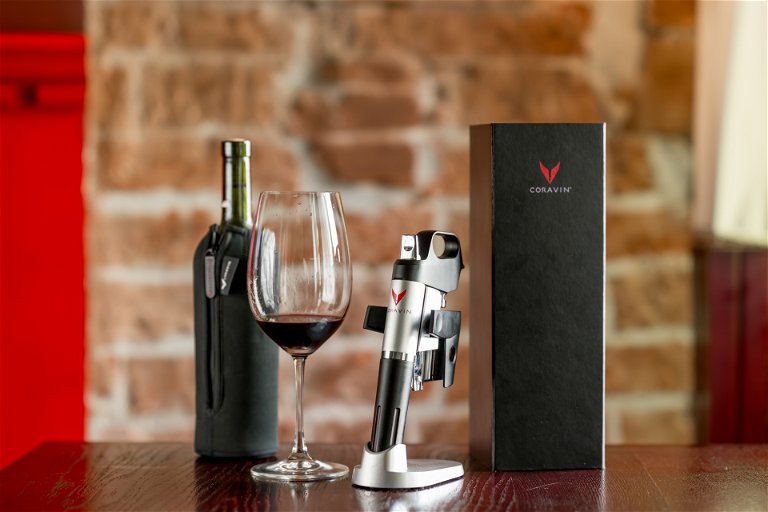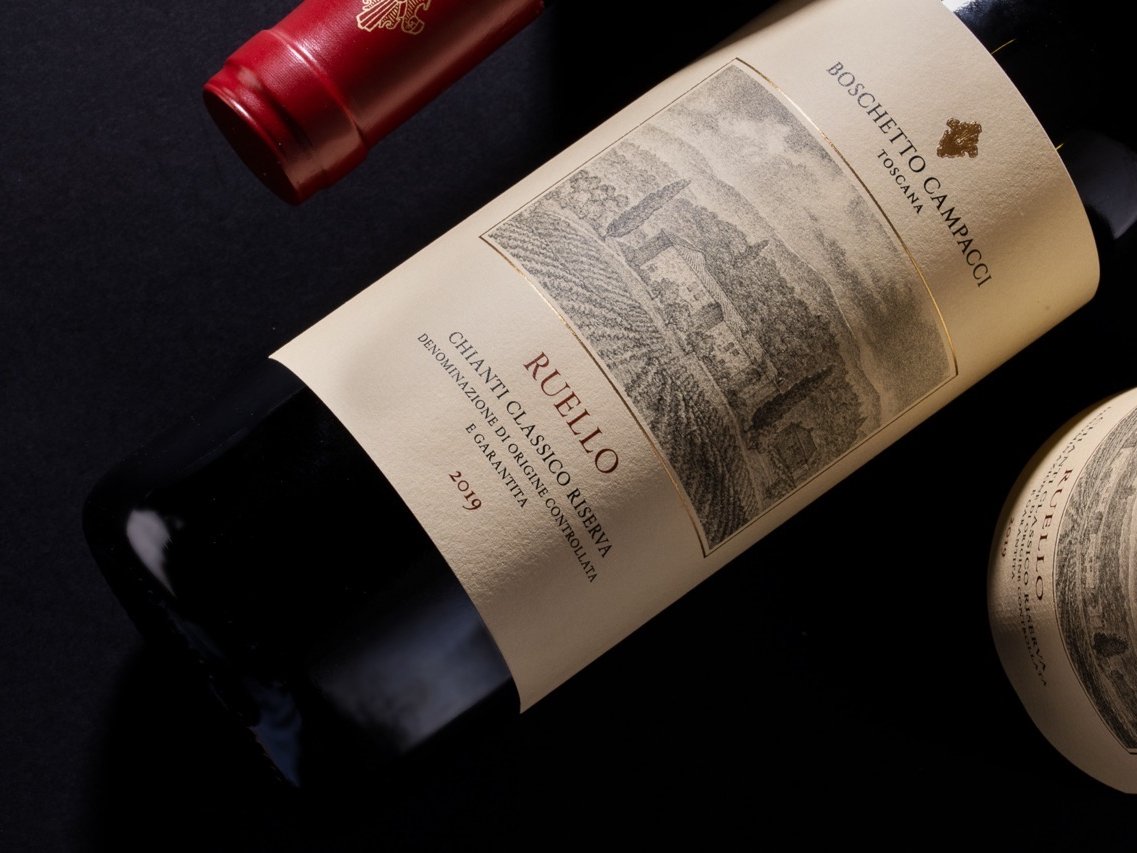Pro Tips for Storing Wine
Whether you need long-term cellaring for a valuable collection or a safe home for those weekend treats, here are five wine storage options to consider.
1. The traditional cellar
You may have had to compromise on the number of bedrooms, an awkward location and an inexplicably ugly extension when buying your home, but it was worth it. After all, how many houses come on the market with their very own cellar? Some family members may dismiss this asset as a cold, dark, damp cave fit only for spiders and alarming strains of mould, but what’s uncomfortable for humans is perfect for wine. Just watch out that humidity doesn’t escalate to flooding. Damp can also wreak havoc on paper labels so, unless you love a lucky dip, it might be worth wrapping any loose bottles in plastic wrap if you want to stand a chance of identifying them in 20 years’ time. Even if that precaution is not required, put a cellar book on your birthday wishlist to help keep track of what’s in there and, enticingly, which bottles are ready to drink.
2. Modern cellar options
So you lost the fight over that horrid house with a lovely cellar. Don’t despair. These days there are plenty of companies on hand who can reverse engineer a cellar into houses that, for some inexplicable reason, weren’t built with one in the first place. If space or budget prevent the luxury showcase option, don’t despair. One ingenious solution is the spiral cellars that can be dug into the floor far more quickly and cheaply than a full basement extension. Space efficient, climate controlled, stylishly designed and with space for around 2,000 bottles, this is a popular option for people who are serious about their wine. Sadly, if you live in a third floor flat then digging any type of hole clearly isn’t a suitable solution, in which case read on.
3. Wine fridges
If your wine collection is relatively modest in size, or at least the part of it that isn’t destined for immediate consumption, then consider investing in a specialist wine fridge. There are plenty of different models on the market, ranging widely in price and capacity. Aesthetics and dimensions aside, you’ll want to consider whether you need features such as storage for large format bottles or dual zone cooling. If the fridge is going to live in the kitchen then check customer reviews for how noisy your model is. Even if you don’t have a huge number of valuable bottles in need of long-term aging, a wine fridge can be a sensible option. Yes, you can stash your wine in the cupboard under the stairs or garage, but bear in mind that wine doesn’t benefit from large or regular temperature fluctuations. Seeping corks are a sad, messy and ultimately avoidable sight.
4. Bonded warehouse
So you have – or plan to have – a serious wine collection, the envy of your friends, expertly curated with cases of top producers from your favourite fine wine regions. You might drink it, you might sell it, you’ll probably do a bit of both. If your collection is sufficiently valuable then it’s worth considering paying for storage in a bonded warehouse. Many fine wine merchants offer their customers this service, which makes the wine simple to trade, keeps it securely stored in controlled climatic conditions and has the added benefit that you won’t need to pay any duty on your stock until it leaves the warehouse. Expect to pay an annual fee per 12 bottle case, so there’s little point in storing large volumes of inexpensive wines in this way. You also need to be prepared not to have immediate access to your wine, so plan well ahead for special occasions. If you take pleasure from spontaneity, browsing through your bottles or showing them off to friends then be aware that perusing a spreadsheet instead may not offer the same warm glow.
5. Coravin
Forget cataloguing cases, sometimes you have that one special bottle and just can’t decide on the right moment to open it. After all, wine isn’t like whisky, a single bottle of which can happily trickle out the occasional dram over months. Once you open a bottle of wine it needs to be drunk within hours, or days at most. Not any more thanks to the creation of Coravin, a clever, hand-held device that allows you to extract wine from the bottle without pulling its cork. Suddenly it becomes very easy and affordable to check how that Barolo is maturing or perhaps treat yourself to a small, restorative glass of your favourite Rioja at the end of a long week. If you’ve struggled with the standard wine preservation systems that promise to keep an open bottle fresh for extended periods, then Coravin could be the answer.
There’s always a flip side to consider though. For many people a vital part of the wine drinking experience lies in immersing oneself fully in a particularly fine bottle, observing how exposure to oxygen brings the liquid to life, its expression changing over the course of a long meal, or even into the next day. A single glass lacks this lingering dimension. If storing wine is all about (im)patient anticipation, then opening it should be a decisive act of unbridled pleasure.


















